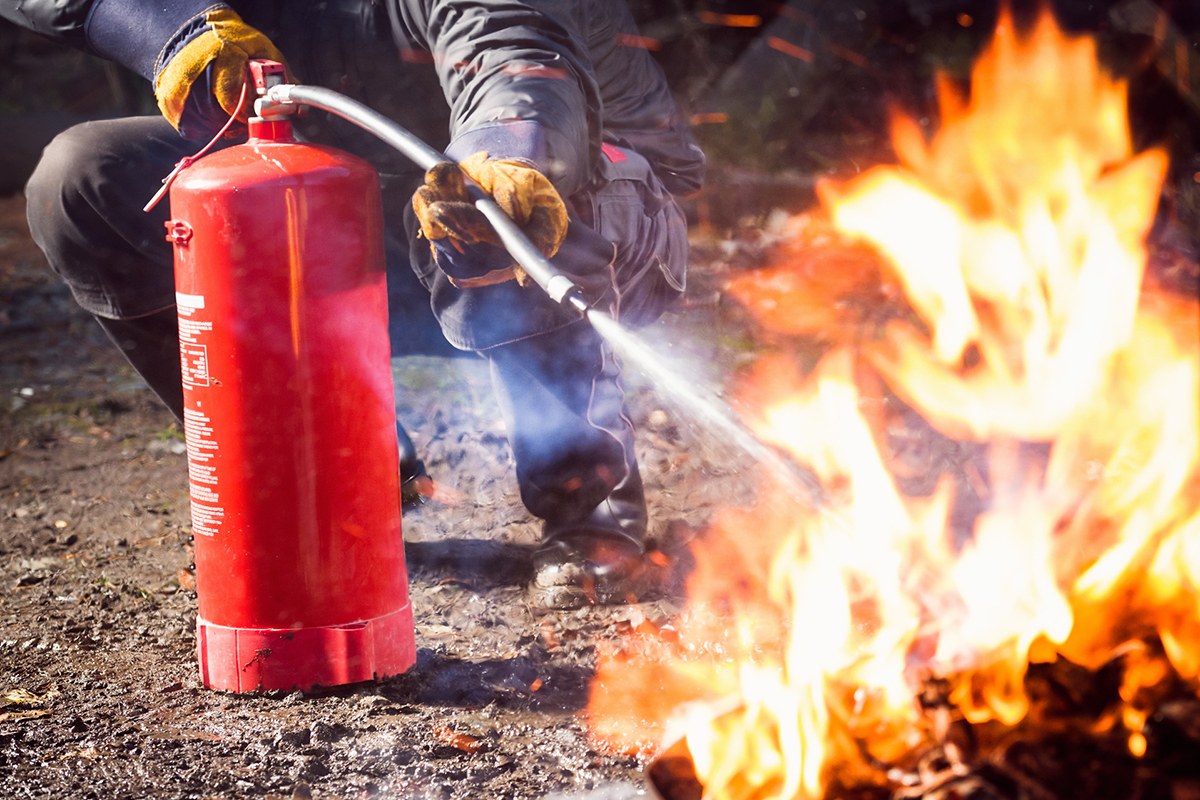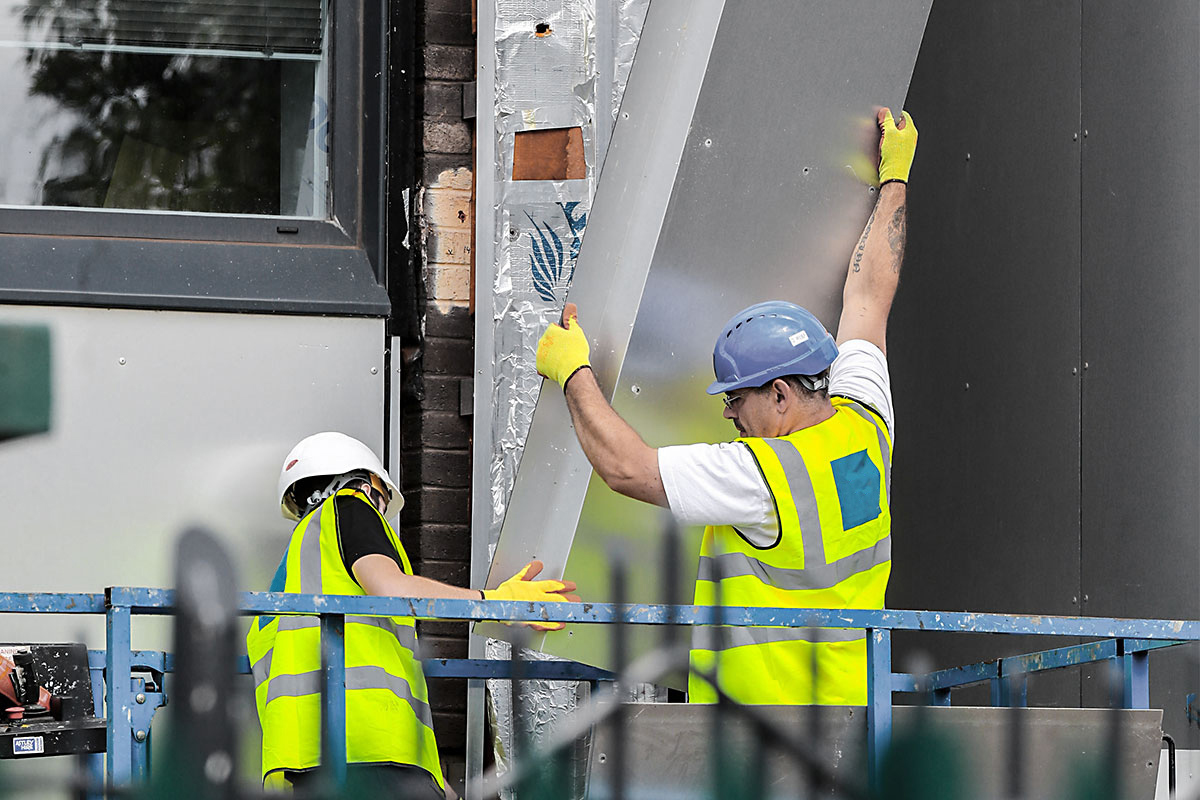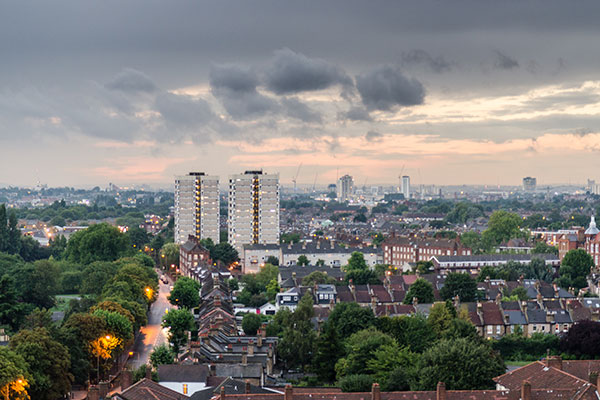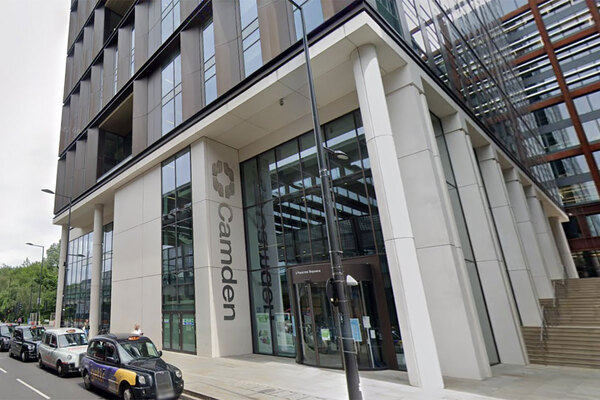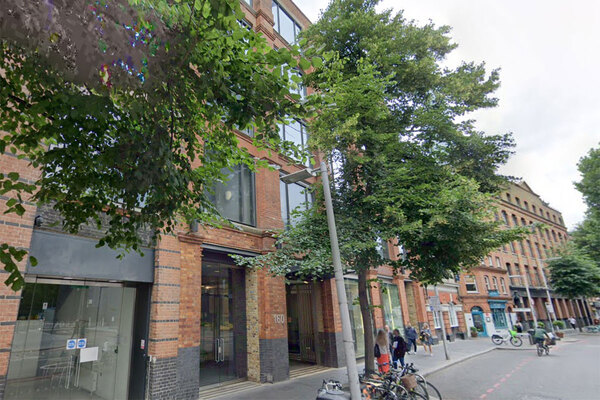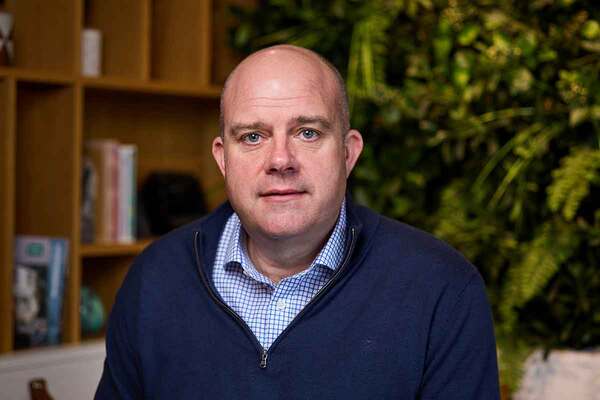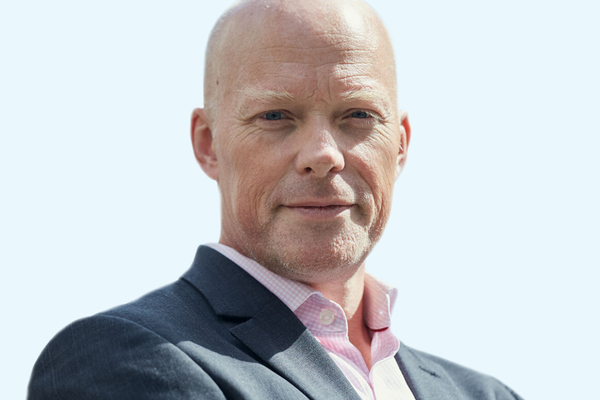You are viewing 1 of your 1 free articles
Plastic insulation industry figures to sit on review of fire safety
Four representative bodies of the plastics insulation industry will sit on a new committee to examine a controversial method of testing fire safety.
The government has asked the British Standards Institution (BSI) to examine the future use of ‘desktop assessments’ by manufacturers seeking to use combustible materials in cladding systems, Inside Housing has learned.
The committee will include representatives from the British Plastics Federation (BPF), Engineered Panels in Construction (EPIC), the Insulation Manufacturers Association (IMA) and the Phenolic Foam Manufacturers Association (PFMA).
The committee has 16 members in total, including the government and the Building Research Establishment (BRE), and will meet for the first time late this month.
Meanwhile, the BRE revealed to Inside Housing that before the Grenfell Tower fire, it had only tested one large-scale cladding system using aluminium composite material (ACM) for a UK market.
The test, which was a pass, used fire-retardant ACM with mineral wool insulation, which is not the same kind that was used on Grenfell. The combination also passed a government large-scale test in August.
Without a large-scale test, the typical way for a company to get permission to use combustible materials – like those used on Grenfell – is to conduct a desktop assessment.
These take data from previous tests and make judgements for other systems. The review of these assessments was recommended by Dame Judith Hackitt.
An EPIC spokesperson said: “EPIC has been assisting with the development of trusted European standards and regulations since 1997, and commissioned Europe’s largest test programme on the performance of insulated panels in fire.”
EPIC has only three members, including Kingspan, a major manufacturer of plastic insulation for high rises.
Kingspan is also a member of the BPF, which has 442 members; the PFMA, which has seven members; and the IMA, which has 10 members. A small amount of Kingspan’s insulation was found on Grenfell Tower.
The IMA’s members also include Celotex, whose insulation was also used on Grenfell Tower. The firm recently admitted that the safety test on that product was inaccurately described.
The BSI said it selected the committee to provide effective, constructive and dispassionate consideration of the issue.
Building regulations require insulation products to be of ‘limited combustibility’, or pass a full-scale fire test. More recently, desktop studies which are supposed to be based on tests of similar materials have been used to deem many untested combinations of products safe.
Inside Housing has contacted the BPF, the IMA, the PFMA and the BSI for comment.
Who is on the committee?
A full list of the members of the committee is below:
- Association for Specialist Fire Protection
- Building Research Establishment
- British Plastics Federation
- Construction Products Association
- Sustainable Buildings Division, Department for Communities and Local Government (now the Ministry of Housing, Communities and Local Government)
- Engineered Panels in Construction
- Exova Warringtonfire
- Fire Brigades Union
- Institution of Fire Engineers
- Insulation Manufacturers Association
- Local Authority Building Control
- London Fire Brigade
- National Fire Chiefs Council
- Phenolic Foam Manufacturers Association
- Royal Institution of Chartered Surveyors
- University of Edinburgh
Never Again campaign
Inside Housing has launched a campaign to improve fire safety following the Grenfell Tower fire
Never Again: campaign asks
Inside Housing is calling for immediate action to implement the learning from the Lakanal House fire, and a commitment to act – without delay – on learning from the Grenfell Tower tragedy as it becomes available.
LANDLORDS
- Take immediate action to check cladding and external panels on tower blocks and take prompt, appropriate action to remedy any problems
- Update risk assessments using an appropriate, qualified expert.
- Commit to renewing assessments annually and after major repair or cladding work is carried out
- Review and update evacuation policies and ‘stay put’ advice in light of risk assessments, and communicate clearly to residents
GOVERNMENT
- Provide urgent advice on the installation and upkeep of external insulation
- Update and clarify building regulations immediately – with a commitment to update if additional learning emerges at a later date from the Grenfell inquiry
- Fund the retrofitting of sprinkler systems in all tower blocks across the UK (except where there are specific structural reasons not to do so)
We will submit evidence from our research to the Grenfell public inquiry.
The inquiry should look at why opportunities to implement learning that could have prevented the fire were missed, in order to ensure similar opportunities are acted on in the future.

